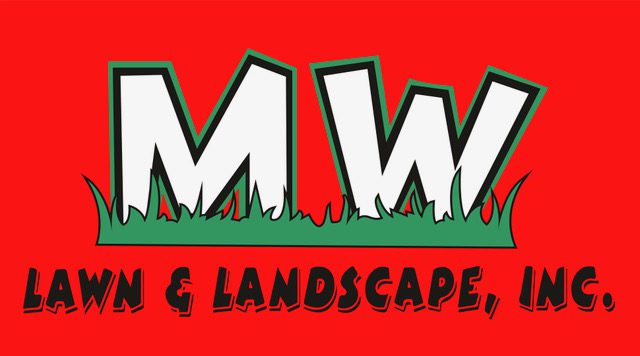When the air gets cool and leaves change, many people think lawn work is over. But that’s wrong. The late fall is the best time to feed your grass. A special food called winterizer fertilizer is made just for this. Think of it like giving your lawn a big meal before a long sleep. It needs the right food now to survive the cold and wake up strong in spring. This last food, the winter lawn fertilizer, doesn’t make the grass grow tall now. It makes the roots strong for the cold months. The main reason for this final feeding is not for green leaves that frost could hurt. Instead, we want the food to go deep into the soil and the roots.
This lets the grass save up energy, like a battery charge, right at its base. This saved energy gives your lawn a huge, quick start in the spring. It helps your grass turn green faster, bounce back from winter stress, and fight off early weeds and problems. By picking the right winterizer fertilizer from a good company like MW Lawn & Landscape, you make a great choice that helps your lawn a lot next spring.

The Nutrient Powerhouse: How Winterizer Builds Deep Root Fortifications
A real winterizer is different from the high-nitrogen foods you use in summer for fast growth. It has a different food mix. It is specially made to help roots stay healthy and save energy as the weather gets cold in late fall. This careful mix is why using a quality winter lawn fertilizer is so important for your yearly lawn plan. This key step is the basis of the lawn care done by experts at MW Lawn & Landscape. Here are the main things in a good winterizer fertilizer product and why they help:
Higher Potassium (K) Content
Potassium is known as the “strength” food. More potassium in a winterizer fertilizer is key because it makes the grass plant’s parts tough. This inner strength helps the grass deal better with freezing, dry times, and being walked on in winter.
Lower Nitrogen (N), Usually Slow Release
The grass needs some nitrogen to save energy, but we use less than in summer food. It should be a type that releases food slowly. This keeps the grass from growing too much and being damaged by frost.
Essential Micro-Nutrients for Color and Health
The best winterizers also have small bits of other key things, like iron and magnesium. These help the grass look a deeper green, which helps it take in sun and save food as long as it can.
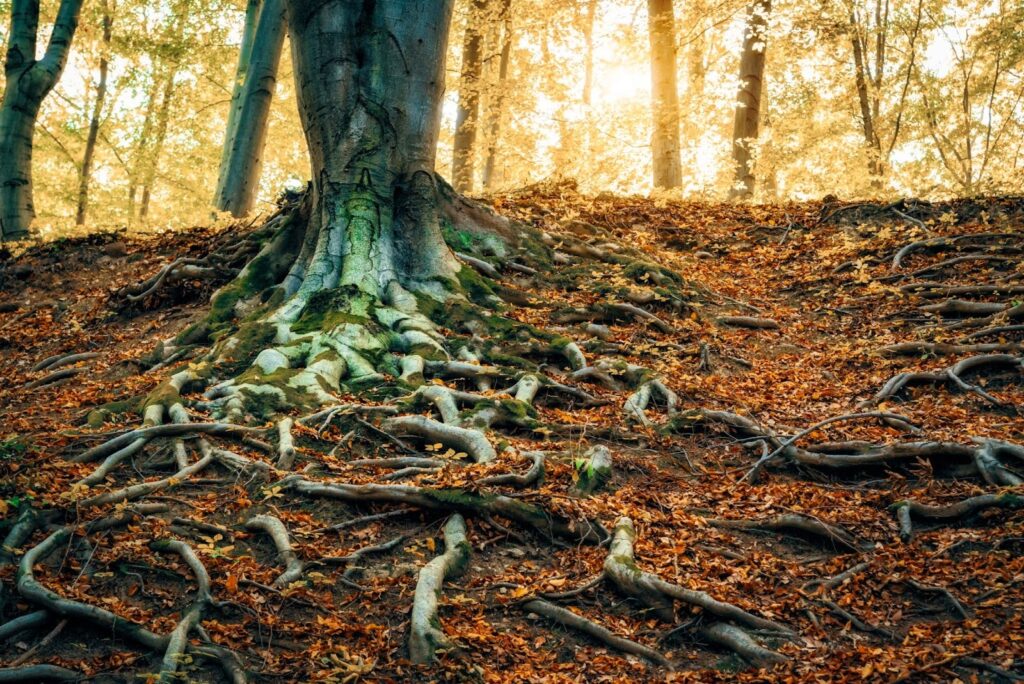
Helps Roots Grow Deeper and Stronger
This feeding makes the plant use energy to grow long, tough roots, not tall leaves. Deep roots are the best way for the grass to handle bad weather, and this is the main focus of winter lawn fertilizer.
Better Fight Against Bugs and Sickness
A lawn that is well-fed is a strong lawn. The balanced food in a winterizer fertilizer makes the grass better at fighting back, so it’s less likely to get cold-weather issues like snow mold.
Leads to Earlier, Faster Spring Green-up
The energy saved in the roots acts like a quick power-up in spring. This means your lawn will be greener and thicker much sooner than a lawn that didn’t get a proper winterizer fertilizer treatment.
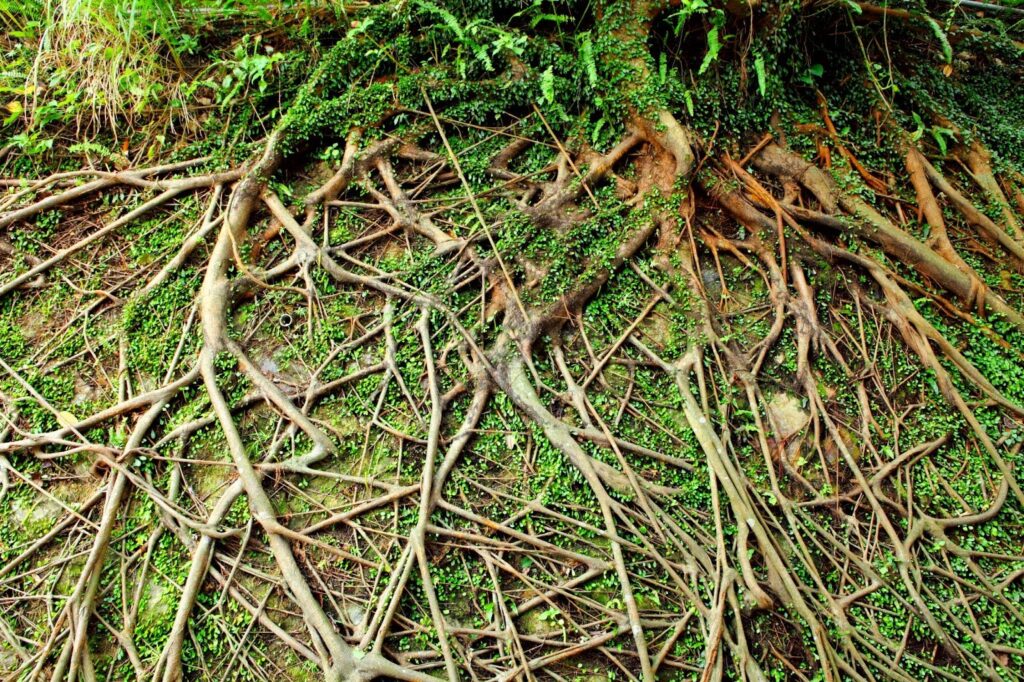
Precision Application: The Critical Timing Window for Optimal Results
Getting the time right for your winterizer fertilizer is just as important as picking the right product. Put it down too early, and new growth will be hurt by frost. Put it down too late, and the ground will be too cold for the grass to take the food. The best time is usually late October to mid-November, right after your last time mowing and just before the ground freezes solid. Your grass should still be green and take in food. Getting the time right is why calling a pro like MW Lawn & Landscape helps so much with your winter lawn fertilizer use.
Here are the main steps for using your winter lawn fertilizer in the best way:
Check the Soil Temperature, Not the Air Temperature
The main sign is when the soil temperature stays below 55∘F, but the ground isn’t frozen yet. A good guide is about 2 to 4 weeks before the first hard freeze that locks up the soil.
Aerate Beforehand for Maximum Penetration
If your soil is very hard, think about poking holes in it (aerating) before you spread the winterizer fertilizer. This makes small holes in the dirt, helping the food go right to the roots where it’s needed.
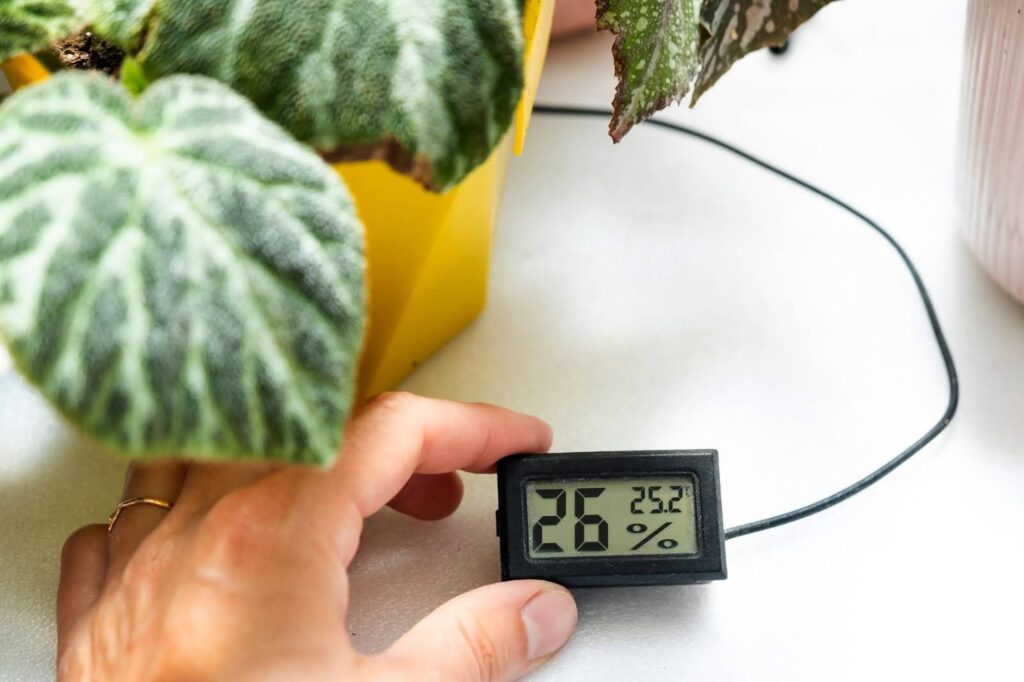
Always Read the Bag for Application Rate
Never guess how to set your spreader. Putting down too much can burn your lawn, and too little won’t give it the energy it needs. Use a good spreader and follow the numbers on the MW Lawn & Landscape product bag exactly.
Don’t Forget to Lightly Water After Application
A small amount of water right after you spread the winterizer fertilizer helps wash the food pellets off the grass blades and into the dirt. This starts the process of the food being taken in, so the roots can start saving that energy right away.
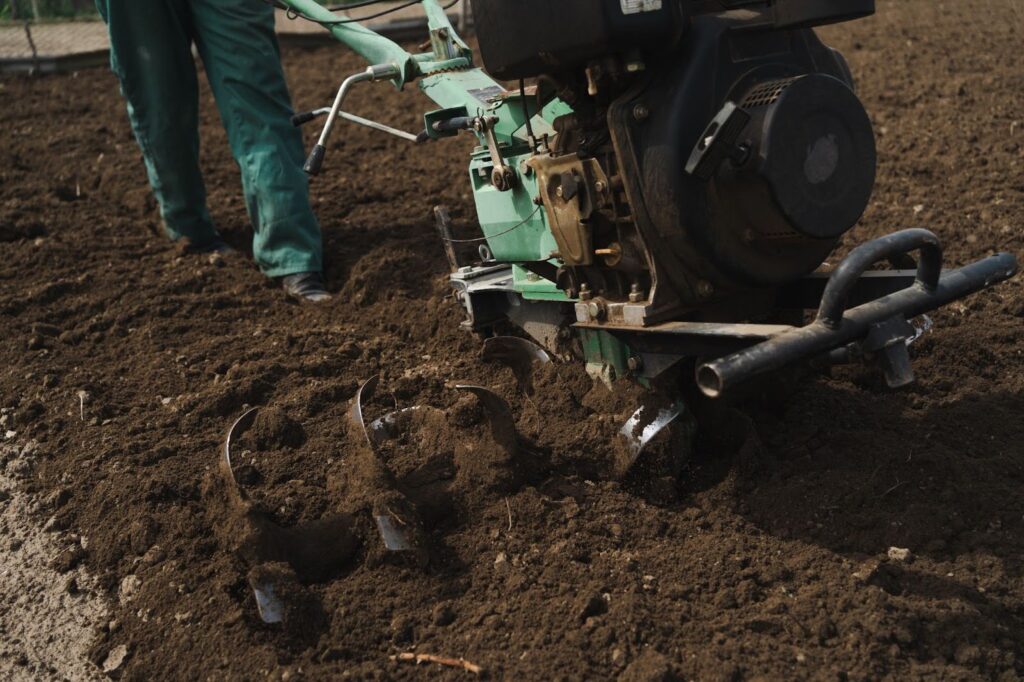
Conclusion
Putting down a winterizer fertilizer is the single most important thing you can do to save your lawn and make it look great when spring returns. It’s taking care of your lawn now to stop problems later. This last, vital service from MW Lawn & Landscape sets your grass up to do well. It makes sure it has the energy, root strength, and protection from sickness for the cold months. If you skip this, you risk a weak, sick, and slow lawn next year. Don’t let your grass struggle—give it the food of a quality winter lawn fertilizer for a strong rest and a beautiful new start. Ready to give your lawn the best chance this winter. Contact MW Lawn & Landscape today to find the perfect winterizer blend for your specific grass type and book your final fall service!
